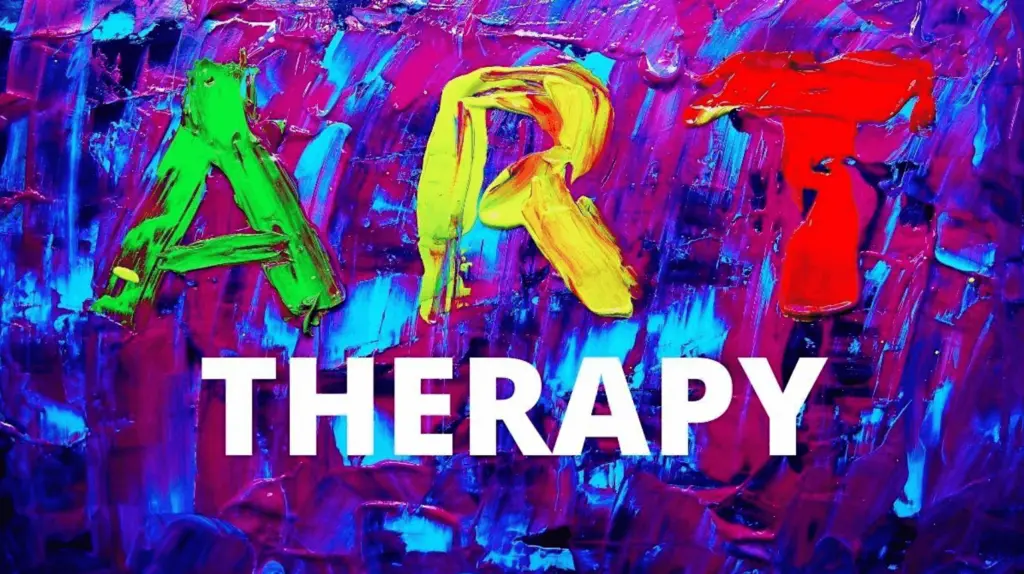Many people have shunned the idea of art as a hobby, especially those who think of themselves as non-creative individuals. They think art is only for rich people, professional artists, and those who can make something out of lines and colors. But contrary to what many people think, art is more than just an amusement, distraction, or escape from life. For therapists and art enthusiasts, art is a high training of one’s soul to achieve growth and fulfillment. Art therapy views art as a creative way to support mental health and make sense of the world. More than just a pastime, art has become a tool for healing and an underrated form of self-care. For those who often feel stressed, angry, overwhelmed, hopeless, depressed, or any negative emotion, art is a great outlet to achieve the right balance in life. This is why arts and crafts have been making a huge trend on social media. People are showcasing their works using art kits, crafting supplies, and even commonplace items. So whatever going through right now, pursuing a creative hobby is something you should consider. With that in mind, here’s what you should know about art therapy and some art-inspired therapies.
Create a response art
Every person has a favorite song lyric, quote, poem, or any piece they connect with. These things make great art inspirations, especially if you’re running out of creative ideas. Choose one from any of your favorite pieces and use it as a reference. When choosing an art medium, don’t force yourself to overthink. Whether it’s a drawing, painting, or another written piece, pick the one you feel most comfortable with. You may also consider the supplies you have and what interests you. You can simply start by scribbling, coloring, or whipping out your own artistic tool. Whatever you pick, your goal is to create something new out of your emotional response to a certain piece. As you create, allow yourself to reflect on your chosen prompt. “What made you choose it?” “What kind of emotions do the words evoke in you?” “How does it make you feel?” “What do you want to achieve out of this?
Also read about: How to Use Ethereum Creator Vitalik Buterin 1 Trillion Crypto Contribution
Make your own feeling wheel
When people deal with a range of emotions, they find it tough to identify exactly what they’re feeling. In therapy sessions, therapists usually ask the patient to identify or describe their feelings first before dealing with them. If the patient is having a hard time expressing their feelings, therapists ask the patient to draw or write about their feelings to evaluate the patient’s inner thoughts. You can also do the same thing by creating a feeling wheel. This is a great beginner art exercise for those who want to check in on how they’re feeling and be aware of their emotions. Start by creating a circle, or print one if you’re not good at it). Then, divide it into eight equal parts. Afterward, write a single emotion for every section, such as joy, sadness, shock, frustration, rage, or anxiety. Using your coloring materials, choose a color that best represents that emotion and fill the entire section. Just like creating response art, having self-reflection is important in this process. Identify which feelings you wrote first, what you’re currently feeling, what the colors mean to you, and the positive and negative emotions you included in the feeling wheel.
Do a photo walk
If using pencils and colors is really not your thing, do a photo walk. This activity doesn’t require a professional camera, lighting, or photography skills. You can rely on your smartphone’s camera to capture interesting objects or scenery. You may invest in a professional camera if you want to make a serious hobby or career out of this. People can do photo walks in almost any place, whether in busy streets, nature or even around the neighborhood. A great tip is to start in places that interest you or anywhere that makes you feel comfortable. Start by capturing any item or scenery you find interesting. These include commonplace items, such as rocks, sticks, leaves, and other natural elements. When you’re done, create an album, gallery, or altar from those pictures and concentrate on each material. What does each subject make you feel? What makes it interesting? If you like to make it a permanent hobby, consider doing a nature photo walk and collect as many materials. Post the finished product and share it with other photo walk enthusiasts. You can also sell them to earn a few bucks. Now you have a deeper understanding of art therapy, we hope you consider these activities to experience its rewarding benefits for your mental health. If there’s one thing you should take away from this discussion, keep in mind there’s no prerequisite in art therapy. Anyone can do it using their own artistic methods. Meta title: Art Therapy: Channeling Your Creative Expression to Achieve Inner Peace Meta desc: Art therapy is a great way to channel your creative hobby to a therapeutic level. Discover three basic art therapy exercises to nurse your mind back to health.
















